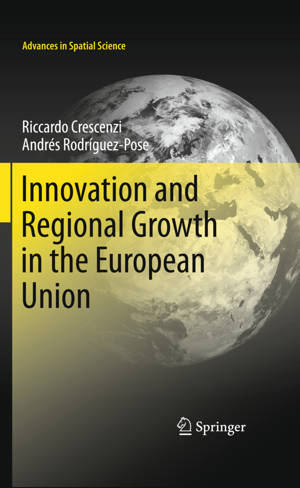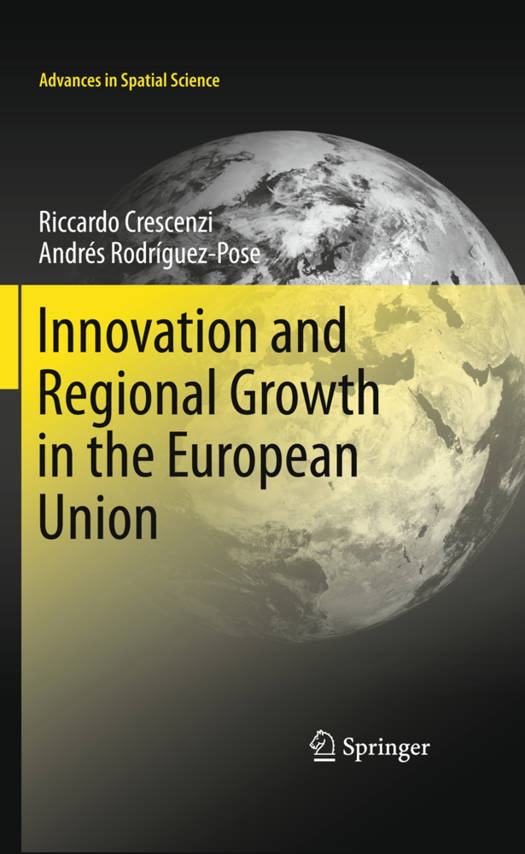
- Afhalen na 1 uur in een winkel met voorraad
- Gratis thuislevering in België vanaf € 30
- Ruim aanbod met 7 miljoen producten
- Afhalen na 1 uur in een winkel met voorraad
- Gratis thuislevering in België vanaf € 30
- Ruim aanbod met 7 miljoen producten
Zoeken
€ 105,45
+ 210 punten
Uitvoering
Omschrijving
This book investigates the EU's regional growth dynamics and, in particular, the reasons why peripheral and socio-economically disadvantaged areas have persistently failed to catch up with the rest of the Union. It shows that the capability of the knowledge-based growth model to deliver its expected benefits to these areas crucially depends on tackling a specific set of socio-institutional factors which prevents innovation from being effectively translated into economic growth. The book takes an eclectic approach to the territorial genesis of innovation and regional growth by combining different theoretical strands into one model of empirical analysis covering the whole EU-25. An in-depth comparative analysis with the United States is also included, providing significant insights into the distinctive features of the European process of innovation and its territorial determinants. The evidence produced in the book is extensively applied to the analysis of EU development policies.
Specificaties
Betrokkenen
- Auteur(s):
- Uitgeverij:
Inhoud
- Aantal bladzijden:
- 218
- Taal:
- Engels
- Reeks:
Eigenschappen
- Productcode (EAN):
- 9783642268793
- Verschijningsdatum:
- 3/08/2013
- Uitvoering:
- Paperback
- Formaat:
- Trade paperback (VS)
- Afmetingen:
- 156 mm x 234 mm
- Gewicht:
- 326 g

Alleen bij Standaard Boekhandel
+ 210 punten op je klantenkaart van Standaard Boekhandel
Beoordelingen
We publiceren alleen reviews die voldoen aan de voorwaarden voor reviews. Bekijk onze voorwaarden voor reviews.











